Description
🔧 Working Principle:
Depending on the application, these pumps may be of the:
-
Positive Displacement type (gear, vane, diaphragm) – used for oils and viscous fuels
-
Centrifugal type – for high-volume, lower-viscosity fuel movement
The pump draws liquid through the inlet, and using mechanical energy (usually from an electric or manual motor), pressurizes and pushes the fuel through the outlet.
🔧 Key Components
| Component | Description |
|---|---|
| Pump Housing / Casing | Encloses internal parts and directs fuel/oil flow; made from aluminum, cast iron, or stainless steel. |
| Inlet & Outlet Ports | Entry and exit points for fluid; often threaded or flanged. |
| Displacement Mechanism | Core component that moves the fluid — varies by pump type (gear, vane, diaphragm, impeller). |
| Motor / Drive System | Powers the pump — can be electric (AC/DC), manual, pneumatic, or hydraulic. |
| Shaft | Transfers torque from the motor to the displacement mechanism. |
| Shaft Seal / Gasket | Prevents leakage of fuel/oil around rotating shaft. |
| Relief / Bypass Valve | Protects pump from overpressure; recirculates excess fuel back to suction side or tank. |
| Check Valve | Prevents backflow and maintains direction of flow (often in-line or internal). |
| Filter / Strainer (Optional) | Prevents debris from entering the pump and damaging internal parts. |
| Pressure Gauge (Optional) | Monitors output pressure for safety and efficiency. |
| Flow Meter (Optional) | Measures and displays the quantity of fuel/oil transferred. |
| Control Panel (if electric) | Enables start/stop and speed control, with overload protection. |
🧪Typical Applications:
-
Fuel stations and dispensing systems
-
Diesel generator fuel supply
-
Oil tank loading/unloading
-
Marine fueling (boats, ships)
-
Lubrication systems
-
Industrial fuel circulation
-
Farm and construction equipment fueling
⛽ Fuel & Oil Transfer Pumps – Technical Details
📐 1. Performance Parameters
Parameter Typical Range / Description Flow Rate (Q) 10 to 1000+ LPM (liters per minute), based on model and application Discharge Pressure 1 to 10 bar (vane/gear); up to 30+ bar (piston type) Viscosity Range Up to 100,000 cP (depending on pump type – gear pumps handle higher) Temperature Range -20°C to 100°C (standard); up to 200°C for special designs Suction Lift Typically 2 to 4 meters (for self-priming pumps) Power Source Electric (AC/DC), battery-operated, hand-crank, pneumatic Motor Power 0.25 kW to 7.5+ kW (based on flow and pressure) Duty Cycle Continuous or intermittent Noise Level 60–85 dB (varies with type and power)
🛠️ 2. Pump Types & Drive Mechanisms
Type Displacement Mechanism Best For Gear Pump Intermeshing gears Oils, diesel, heavy fuel oils Vane Pump Rotating vanes in a cam ring Kerosene, diesel, lube oils Diaphragm Pump Flexible diaphragm + valves Clean fuels, corrosive fluids Piston Pump Reciprocating piston High-pressure fuel transfer Centrifugal Pump Impeller-driven flow Low-viscosity fuels, large volume
🔩 3. Material Specifications
Component Common Materials Pump Body Cast iron, aluminum, stainless steel Seals/Gaskets Viton, Buna-N, Teflon (PTFE) Rotors/Impellers Bronze, hardened steel, plastic-coated Shaft Stainless steel O-rings Nitrile, Viton
⚠️ 4. Certifications & Safety
-
ATEX / IECEx rated versions for explosive environments
-
Integrated thermal overload protection in electric models
-
Grounding wire or anti-static nozzles for flammable fuel transfer
🔧 Key Features of Fuel & Oil Transfer Pumps
Feature Description ✅ Self-Priming Capability Starts pumping without manual priming, even with dry suction lines. 🔌 Multiple Power Options Available in AC, DC, battery, manual, or pneumatic variants. 🛢️ Handles Wide Fluid Range Suitable for diesel, petrol, kerosene, engine oil, lubricants, etc. 🔄 Bypass / Relief Valve Built-in valve protects pump from overpressure damage. 🧲 Explosion-Proof Motors Safe for transferring flammable fuels in hazardous zones (ATEX-rated). 🔩 Heavy-Duty Construction Made from corrosion- and fuel-resistant materials like cast iron or stainless steel. 🧼 Built-In Filters / Strainers Prevent dirt or debris from damaging the pump. 🧪 Chemical Compatibility Seals and gaskets (e.g., Viton, Buna-N) resist degradation from fuels and oils. ⚖️ Portable & Compact Models Lightweight, easy to carry units available for field or remote use. 📏 Optional Meters & Nozzles Accurate control and dispensing with flow meters, hoses, and fuel guns.
✅ Benefits of Fuel & Oil Transfer Pumps
Benefit Explanation 💧 Efficient Fuel Handling Quickly transfers fuel or oil from drums, tanks, or containers. 🔒 Safe Operation Reduces risk of spillage, vapor exposure, or static discharge. 🛠️ Low Maintenance Fewer moving parts = simple upkeep, especially for gear and vane types. 🔄 Reliable Under Load Maintains consistent flow rate, even under varying pressure conditions. 🧃 Handles Thick Liquids Gear and piston types can pump heavy oils, gear oil, and hydraulic fluids. 🌍 Versatile Applications Used across transportation, agriculture, marine, aviation, and industrial sectors. 🔧 Customizable Systems Easily integrates with tanks, vehicles, generators, or skids. 🕒 Time & Labor Saving Speeds up refueling and transfer tasks with minimal effort.
✅ Advantages of Fuel & Oil Transfer Pumps
🔹 1. Efficient Fluid Handling
-
Quickly and safely transfers fuels or oils between tanks, containers, or equipment.
-
Supports continuous or batch operations with reliable flow.
🔹 2. Self-Priming Capability
-
Many models can self-prime, eliminating the need for manual priming or additional vacuum systems.
🔹 3. Versatile Applications
-
Can handle a wide range of fluids: diesel, petrol, kerosene, engine oil, hydraulic oil, etc.
-
Suitable for vehicles, machinery, generators, fuel stations, and marine equipment.
🔹 4. Portable & Compact Options
-
Available in mobile, lightweight designs for field use (e.g., farming, construction, refueling trucks).
🔹 5. Multiple Power Sources
-
Operates using AC, DC, battery, hand crank, or pneumatic power, offering flexibility in off-grid or emergency environments.
🔹 6. Explosion-Proof Models Available
-
For hazardous zones, ATEX/IECEx-certified pumps ensure safe operation with flammable fuels.
🔹 7. Custom Flow Control
-
Can be fitted with nozzles, meters, and regulators to control dispensing and measure volume accurately.
🔹 8. Durability
-
Designed with corrosion- and fuel-resistant materials like aluminum, stainless steel, and Viton seals for long service life.
🔹 9. Low Maintenance
-
Simple designs (especially rotary or hand pumps) mean fewer wear parts and easy servicing.
🔹 10. Safe Operation
-
Integrated bypass valves, filters, and grounding reduce the risk of spills, static charge, or pump damage.
-

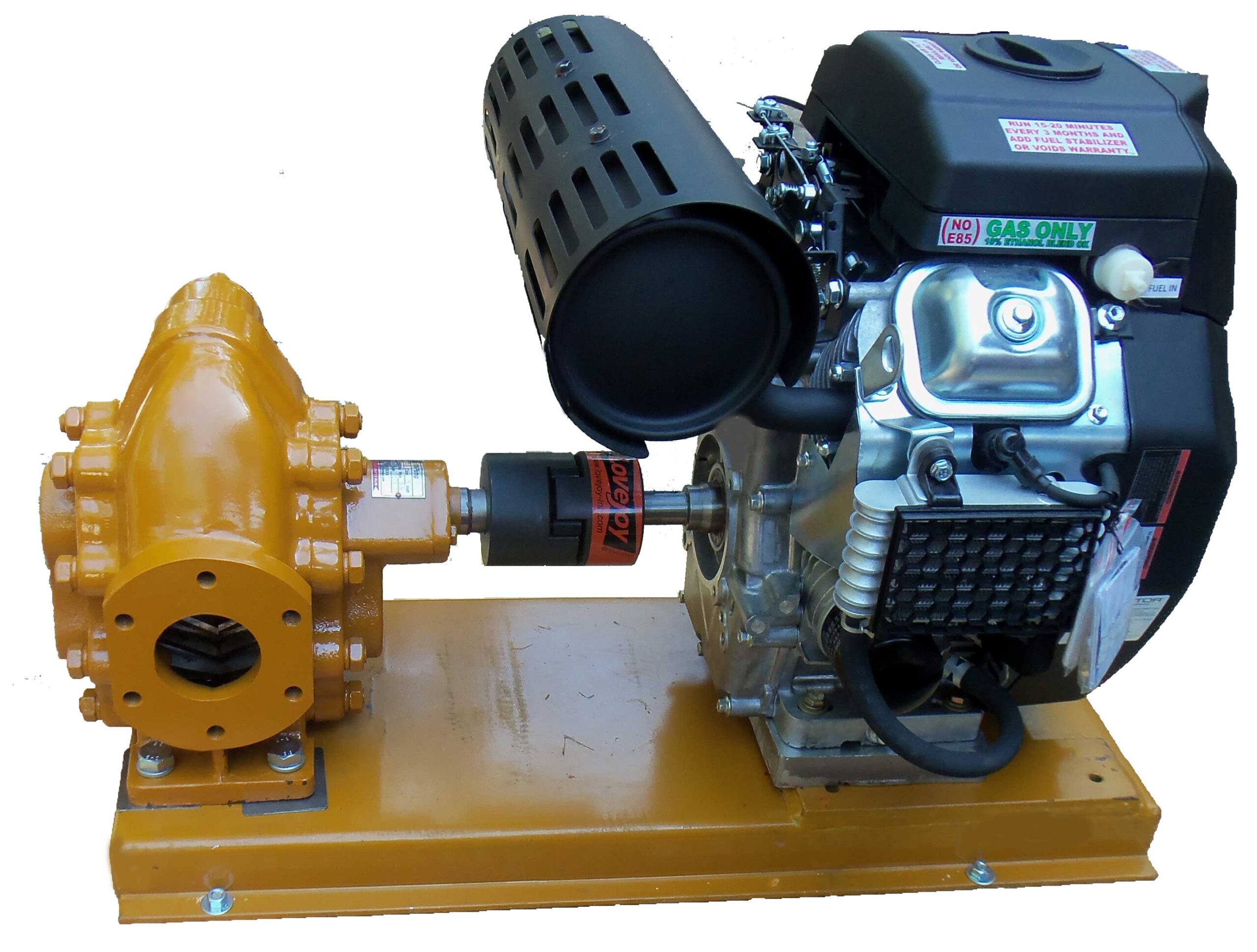
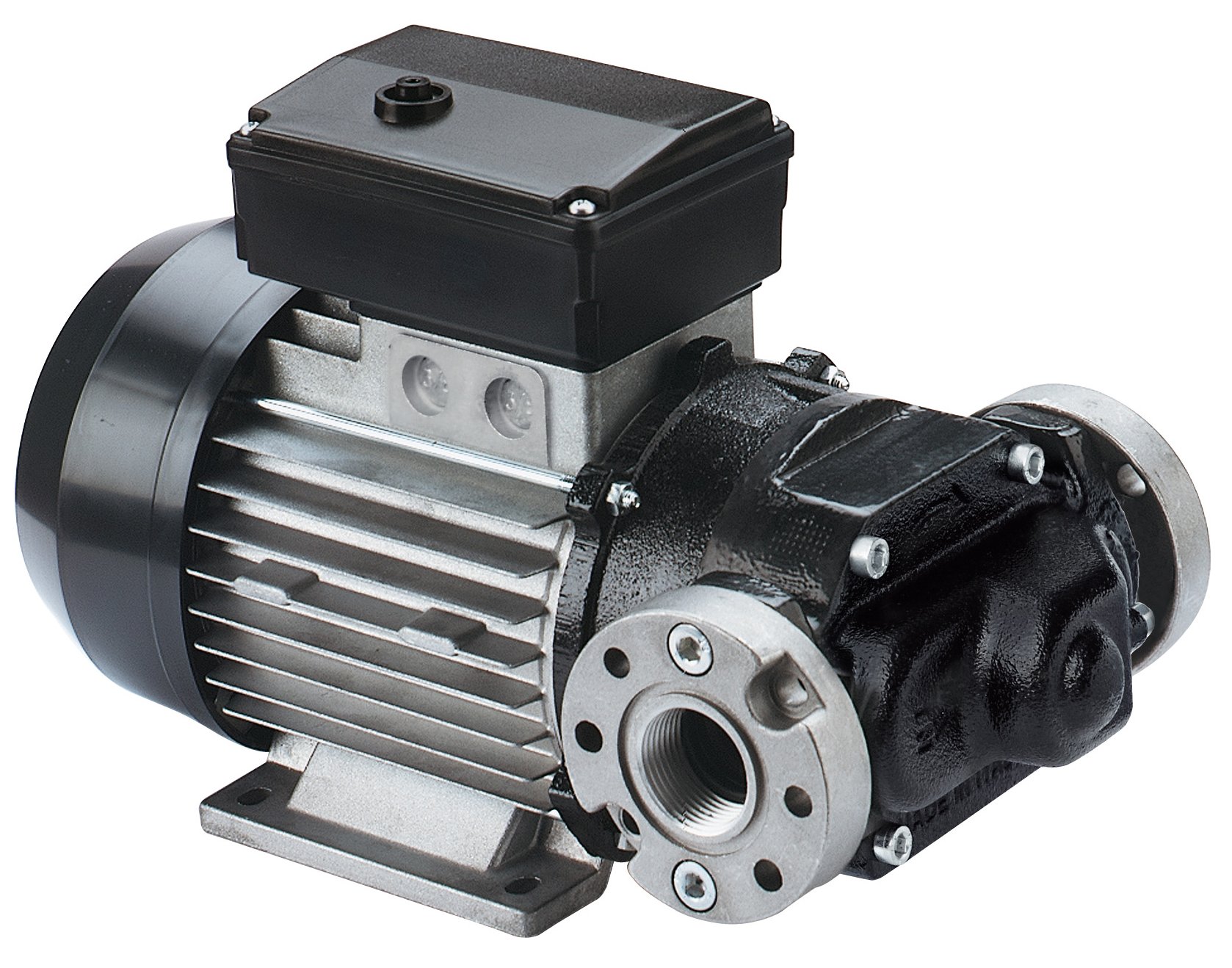
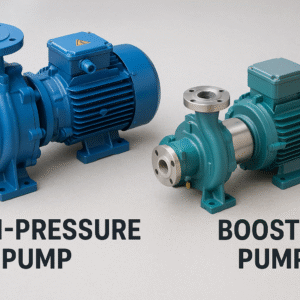
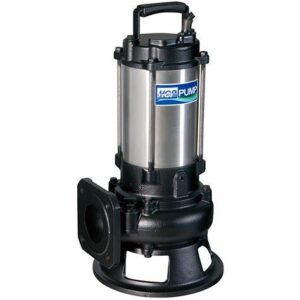

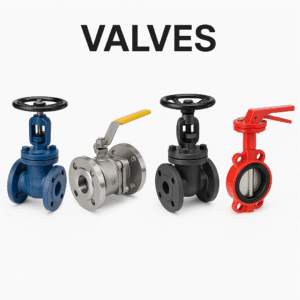
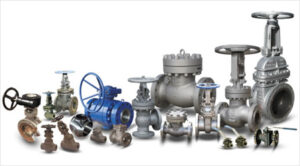
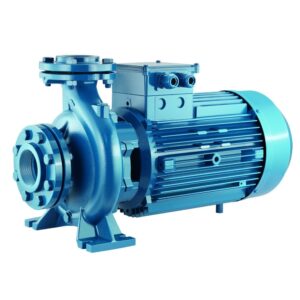
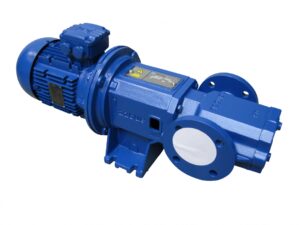
Reviews
There are no reviews yet.